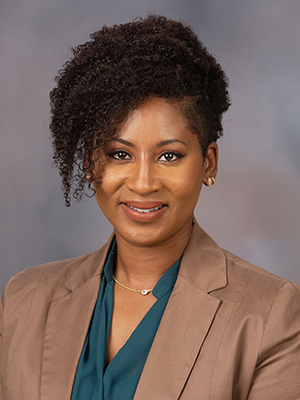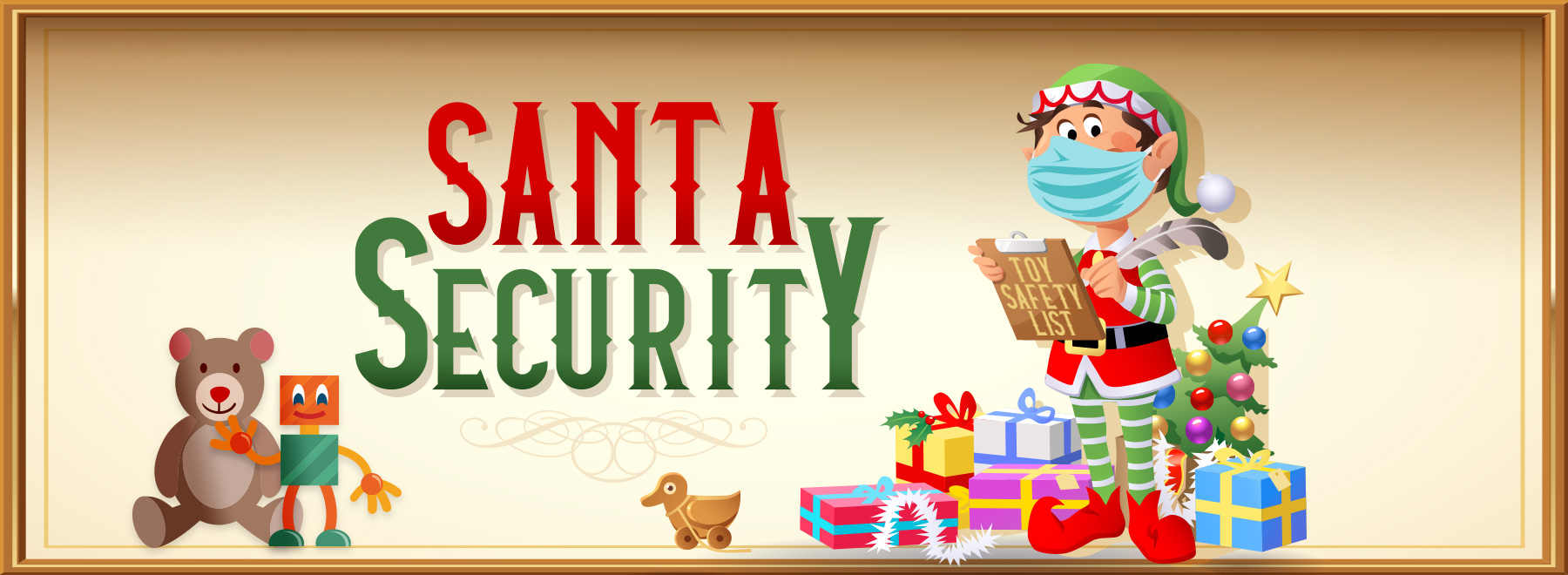Simple steps can ensure holiday gifts bring all joy, no harm
Don’t let gifts under the tree result in a trip to the local hospital Emergency Department this season.

Although holiday gifts bring plenty of fun, safety should also be a consideration, said Elizabeth Foster, manager of Safe Kids Mississippi at Children’s of Mississippi, the pediatric arm of the University of Mississippi Medical Center.
“No one wants to see their child injured anytime, but especially not during the holiday season,” Foster said. “Taking time to consider the safety of holiday gifts can keep children happy and healthy.”
In 2015, about 30 million American children visited emergency rooms, with injury listed as one of the most frequent reasons for care.

“It seems that we have a spike in injuries related to new purchases each year around the Christmas and New Year holidays,” said Dr. Benjamin Dillard, chief of pediatric emergency medicine at UMMC. “Trampolines, scooters, skates and new bicycles frequently lead to injuries. Broken bones and head injuries are the most common types.”
Bicycles, skates and skateboards
Generally, if a holiday gift has wheels, it should be accompanied by a helmet and other protective gear.
Every skater and cyclist should wear a helmet. Properly fitted helmets can reduce the risk of a head injury by at least 45 percent.
Other protective gear, such as wrist guards, kneepads and elbow pads are a good idea, too, especially for beginners.
Children will be excited to take their new toys out for a spin, but be sure to teach them to ride only on smooth, dry surfaces away from traffic and to inspect their bicycles, skates or skateboards for any cracked, loose or broken parts before each use.
When your child is cycling or skating near dusk, make sure he or she wears light-colored or reflective clothing so he or she can be seen.
Safe Kids offers a complete list of tips for cycling and skating.
ATVs and scooters
Dillard also warns of the dangers of ATVs and other motorized cycles and scooters.
“ATVs, motorcycles and electric cycles are becoming a more common gift and pose serious risks for devastating injury to children,” Dillard said. “Proper helmet use and following the manufacturers’ guidelines helps to decrease risk but does not negate risk with these items.
“Many families have a false sense that these items are safe because so many people use them. This is far from the truth. These items used on public roadways and in parking lots where vehicles are driving is an especially deadly combination. Unfortunately, we see a number of children each year who have life-altering or life-ending injury related to these vehicles.”Batteries
Hidden holiday dangers include the small button-sized batteries that power key fobs, remote controls, decorations and small toys.
Each year, more than 2,800 children in the U.S. require emergency care after swallowing batteries. The number of serious injuries or deaths related to small batteries has increased nine-fold in the last decade, according to Safe Kids Worldwide.
Magnets
Another hazard when swallowed are small magnets that can be found in children’s toys and in adult desk items. When swallowed, magnets can tear holes in intestines, causing serious injury.
The U.S. Consumer Product Safety Commission and Safe Kids Worldwide has issued a joint statement warning of the dangers these magnets can pose to small children. Keep small magnets away from children and look out for loose, dislodged or missing magnets in children’s play areas.
Symptoms of having swallowed a magnet include pain, nausea, vomiting and diarrhea. If you suspect that your child has swallowed a magnet, seek medical attention immediately. Note that in X-rays, multiple small magnets may appear as a single object.Choking hazards
As you do your shopping this season, consider your child’s age when purchasing a toy or game.
Most toys and games will have a suggested age range. This suggestion usually includes a warning of small parts, but check to be sure before you set that gift under the Christmas tree.
Other choking hazards for younger children include small foods such as chunks of cheese or meat, hard candy, nuts, grapes, marshmallows and popcorn. Safe Kids recommends children younger than 5 not eat small, round or hard foods.
Also, keep cords and strings, such as those attached to window blinds, away from children’s reach.
Televisions and furniture
Flat-screen televisions and lightweight furniture can be a tip-over danger for small children.
According to Safe Kids Worldwide, every three weeks a child dies from a television tipping over. Each day, 10 children need emergency care after a TV tip-over.
Safe Kids recommends mounting flat-screen televisions to a wall and placing older box-style TVs on low, stable furniture that can bear the weight.
Chests of drawers can be a tip-over danger when children pull out drawers to climb, shifting the weight of the furniture and making it prone to tipping over. Installing stops on dresser drawers to keep them from being pulled all the way out and using anti-tip brackets to secure furniture to the wall can keep these accidents from happening.
Fireworks
Emergency medical providers also see pediatric injuries related to fireworks during the holiday season, Dillard said.
“The most common injuries being burns and explosive injury to the hands, face and eyes,” he said.
Other holiday hazards
Holiday-related dangers can include decorations that can break or spark fires, cooking and travel.
“Toddlers are at risk when Christmas decorations are put up because they like to put everything in their mouths,” Dillard said. “Ingesting or aspirating ornaments and needles from trees or garland, real or artificial, are very real risks.”
Use unbreakable ornaments and LED candles to make holiday décor safer. Make sure any simmering pots are placed on back burners with the handles pointing inward to keep them out of children’s reach.
Finally, make sure children riding in cars this holiday season have the appropriate car seats for their height and weight.
Babies should be in a rear-facing car seat until they are 2 or older. Forward-facing seats and booster seats follow as children grow. Make sure all passengers wear seatbelts when riding.
This season, also consider the safety of holiday travel in light of the COVID-19 pandemic. Social distancing, wearing face masks and frequent handwashing will keep everyone safer this season.
The above article appears in CONSULT, UMMC’s monthly e-newsletter sharing news about cutting-edge clinical and health science education advances and innovative biomedical research at the Medical Center and giving you tips and suggestions on how you and the people you love can live a healthier life. Click here and enter your email address to receive CONSULT free of charge. You may cancel at any time.



